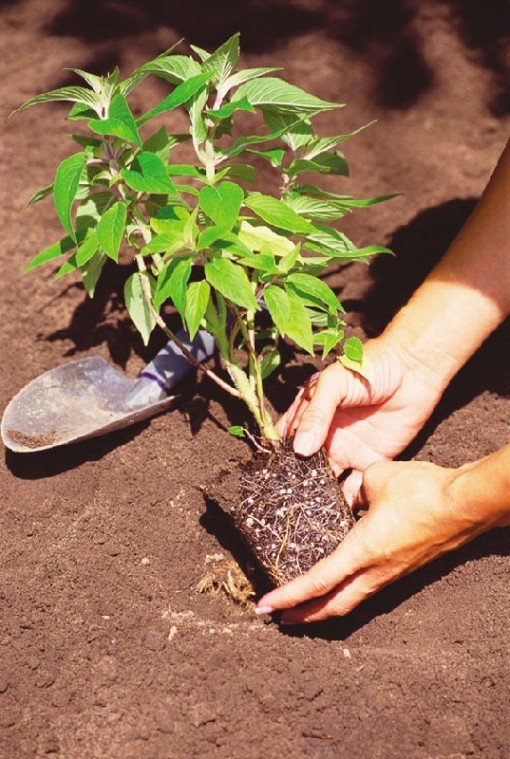Gardens are getting smaller. Take a look at some of the new
subdivisions being built in the area, and you’ll see
– some literally have back fences less than 20 feet away from
the rear of the homes, and lots are getting smaller and
smaller.
Gardens are getting smaller. Take a look at some of the new subdivisions being built in the area, and you’ll see – some literally have back fences less than 20 feet away from the rear of the homes, and lots are getting smaller and smaller.
That brings us to this week’s topic. Specifically, we’re talking about small trees or patio trees that would be ideal to plant where space is at a premium. After all, you don’t want a monster 40-foot tree eventually enveloping your entire back yard if you live in a small space. Your neighbors will also thank you for considering them when you decide to avoid that redwood tree or eucalyptus for your back garden.
If you don’t live on a postage stamp-sized lot, you can also take advantage of these smaller-sized trees. That’s because they can also be grown in containers, such as half wine barrels. Grow them in a container, and you can place the trees wherever you need them most, such as right on your patio.
One of the most popular patio trees is the crape myrtle. Lagerstroemia is one of the showiest summer-blooming trees and shrubs around. Great clusters of purple, red, pink or white flowers will soon be putting on a spectacular show even as you read this. The blooms will last through most of the summer.
Crape myrtles are available in both tree and shrub form. Both are deciduous, meaning that they lose all their leaves through winter. And if you’ve ever seen crape myrtles in the dead of winter, you’d swear they were dead. The stems and branches are completely brown and void of leaves, but new growth will come bursting forth every spring.
Japanese maples or Acer palmatums are more personal favorites. Japanese maples come in regular or lace-leaf types. Some are extra dwarf at about 5 feet, while others grow to 15 or 20 feet. There are more than a dozen varieties of Japanese maples, with some of the more expensive, like Bloodgood, featuring red bark. All Japanese maples are just as much at home in containers as in the ground.
I have a smoke tree growing in a large container on my back patio right now. Cotinus coggygria is an unusual tree or shrub that creates dramatic puffs of purple to lavender “smoke” from their large, loose clusters of fading flowers. The foliage itself is also different in that it’s bronze rather than green.
Finally, two pretty common shrubs also come in tree forms. Oleander and photinia are commonly grown as large shrubs, but there are special tree forms that grow to 15- to 20-foot trees. Oleanders are distinguished by their multitude of pink, white or red flowers all summer long. Photinias are distinguished by the fact their new growth is a bright bronzy-red and quite showy. Be aware that oleanders are poisonous if eaten and, therefore, should not be planted where pets or small children may be around.















